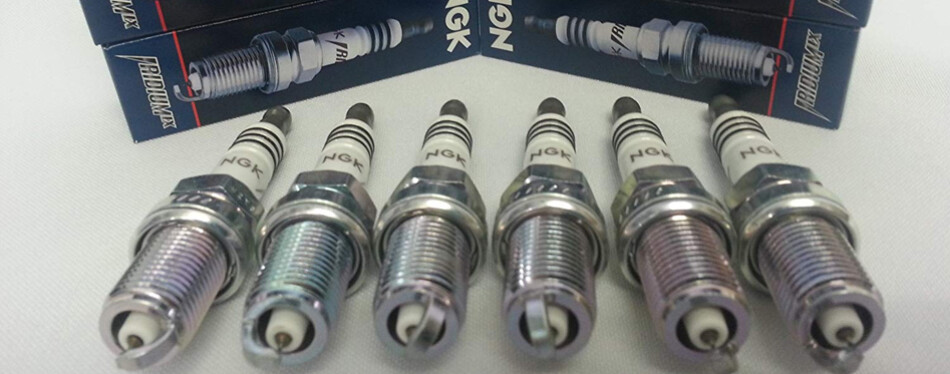NGK gives tips on the performance of glow plugs in winter
Spark plugs can improve cold start performance, and some have additional benefits when the temperature drops. THENGK-NTK, a global specialist in glow plugs, shares some tips on this topic. View here for more info: best spark plugs
A few decades ago, diesel cars took several seconds to start in cold climates. The reason was the first generation glow plugs that struggled to produce and deliver enough heat to the combustion chambers without burning themselves. Today's glow plugs can achieve thousands of immediate cold starts, and some are high-performance.
“Glow plugs are necessary for the operation of each diesel engine, so they must work correctly,” said David Loy, Vice President, Aftermarket EMEA NGK SPARK PLUG EUROPE.
There are two main technologies of glow plugs, metal rod and ceramic, which offer specific thermal behavior. Although these two types are very similar, in terms of tension and resistance they are very different.
Metal glow plugs (protective cover), including standard plugs, self-regulating quick-start plugs (SRM) and plugs with an advanced rapid heating system (AQGS), are equipped with a heating coil inside an incandescent rod heat resistant metal. Magnesium oxide, extremely compressed inside this incandescent bar, isolates the spiral from vibrations and provides an excellent thermal conductor that quickly dissipates heat to the outside, raising the temperature of the combustion chamber and burning fuel. The different diameters and lengths of the cable in the spiral change their heating behavior, which, in turn, influences how quickly they heat.
In contrast, ceramic candles are designed to work even in the most extreme conditions. Due to the high melting point of the ceramic, these candles can withstand very rapid heating at high temperatures for long periods. The types include first generation self-regulating ceramic candles (SRC), having a metal heating spiral, second generation high temperature ceramic (HTC) candles with a ceramic calorific element and new high temperature ceramic technology ( NHTC) of the latest generation, offering high performance.

“The new high temperature ceramic technology was developed by NGK SPARK PLUG to help car manufacturers reduce the compression ratio in diesel engines; which is one of the objectives of the EU's increasingly strict emission rules, ”said Loy. “Glow plugs have several advantages, especially in winter. In addition to their heating benefits and they are more compact. These characteristics are especially favorable in winter and with the space restrictions of modern engines ”, he explains.
OE Quality
Although these two main glow plug technologies are now widely available throughout the aftermarket, the quality and reliability of their performance, especially in winter, is directly related to the quality of their design and manufacture. The expert states: "It is highly recommended to replace the glow plugs with those of a manufacturer of original tested equipment".
To provide distributors, workshops and drivers with the ideal spark plugs for their needs in all types of weather, NGK SPARK PLUG offers two ranges within its NGK Ignition Parts brand: yellow box for specific markets and D-Power. In total, these ranges include more than 260 glow plug references for cars that cover the vast majority of the European car fleet.
Vital for cars with DPF
According to the brand, there is another reason why the optimal performance of glow plugs is essential, not only in winter, but throughout the year. As diesel engines have become more complex, spark plugs have taken on additional functions in addition to cold starting, including exhaust gas purification, while the engine is running.
David Loy adds: “For diesel cars to comply with current emission standards, glow plugs must be able to warm up after the first few kilometers, to reduce emissions. They prevent the engine from cooling too much and allow an effective regeneration of the DPF ”.
